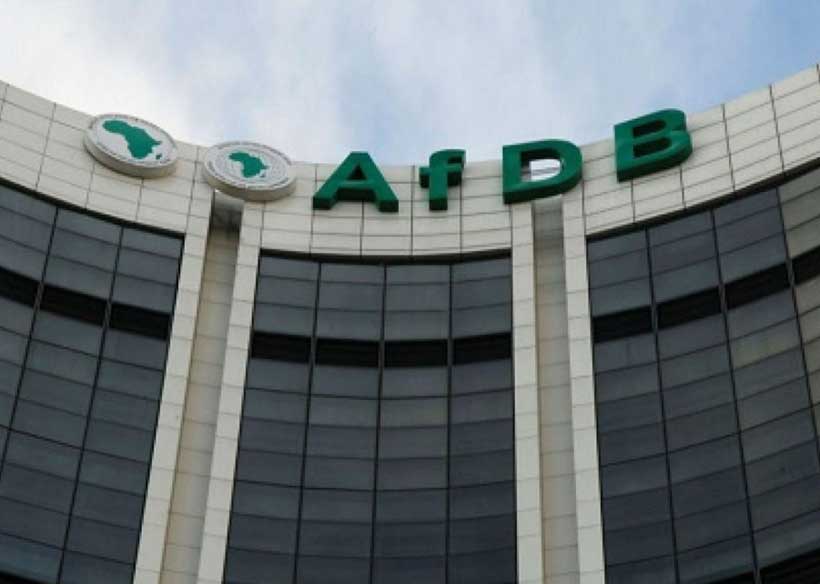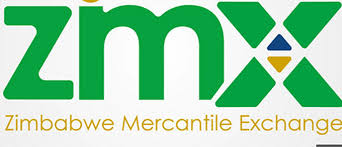Govt breaks GMB monopoly, touts ZMX
The Zimbabwean Government has overhauled the grain marketing system, shifting from the long-standing monopoly held by the Grain Marketing Board (GMB) to a commodity exchange — a structured environment where prices are determined by supply and demand forces.
This radical change is outlined in the 2025 National Budget Strategy Paper, which aims to enhance farmer incomes and reduce post-harvest losses. Under the new framework, the Zimbabwe Mercantile Exchange (ZMX) will be promoted as the primary platform for trading agricultural produce. This move is expected to introduce competition, leading to better prices for farmers and a more efficient market.
The strategy paper states: “Government will promote the use of the Zimbabwe Mercantile Exchange (ZMX) in the marketing of agriculture produce, in order to enhance farmer income and reduce post-harvest losses.”
In a departure from the past, the GMB will no longer be the sole buyer of grain, focusing instead on procuring only enough to maintain a strategic grain reserve. The rest of the produce will be channelled through the ZMX, allowing farmers to sell directly to private buyers.
“Broadening market options for farmers reduces fiscal burden and overreliance on the GMB,” the paper emphasises.
By allowing market forces to determine prices, the Government aims to stimulate production and investment in the sector. The strategy paper further outlines plans to expand the range of products and services offered by the ZMX.
“This will allow market access for farmers, price discovery and convenient trading of agricultural commodities,” it states.
To encourage value addition and agro-processing, the Government will provide both fiscal and non-fiscal incentives. “Allowing market forces to determine the price of agricultural produce is critical in stimulating output and investment in the sector,” the paper revealed.
The move towards market-determined pricing is seen as crucial for boosting agricultural output and attracting investment in value addition and agro-processing. To encourage these activities, the Government will also introduce fiscal and non-fiscal incentives. The proposed reforms mark a significant departure from the traditional grain marketing model and could have far-reaching implications for the agricultural sector. If successfully implemented, the changes could lead to increased farmer incomes, reduced Government expenditure and a more vibrant agricultural economy.
Speaking at a recent workshop to unpack the 2024/25 summer cropping season, Professor Obert Jiri, Permanent Secretary in the Ministry of Lands, Agriculture, Fisheries, Water and Rural Development, said the ZMX is the future of agricultural marketing and that is the way Zimbabwe must go.
He said ZMX is the key platform “which we must use for price discovery and also for providing central warehousing and spot market trading”.
“That is what is going to completely liberalise our marketing of all agricultural produce.”
Prof Jiri said GMB will now only purchase those crops funded under the presidential input programmes, Pfumvudza/Intwasa and from Agricultural and Rural Development Authority (Arda).
He said under this arrangement GMB becomes the buyer of last resort for all other crops while at the same time providing warehouse services for private players.
He went on to say that ZMX is the key platform “which we must use for price discovery and also for providing warehousing and spot trading platform”.
“We must encourage trading on that platform. That is what is going to completely liberalise marketing of all agricultural commodities. It will help us set prices,” he said.
“We must continue to encourage the use of ZMX so that our agricultural commodities get the real value, our farmers get the real value for their commodities.
“This is the future of agriculture marketing and that is the way Zimbabwe must go,” as opposed to Government to fixing prices.
However, agricultural economist, Dr Reneth Mano, has cast doubt on ZMX’s ability to effectively serve the agricultural sector.
“One can compare and contrast structure and operational modalities of ZMX vs SAFEX before it was integrated into JSE,” he proposed.
Dr Mano further criticised the ZMX’s structure, stating: “The ZMX is very badly structured as a PPP to efficiently and effectively deliver intended social outcomes in the agriculture sector.”
He argued that lessons from previous exchanges, such as Zimace, have not been incorporated into the ZMX’s design.
Highlighting the potential for improvement, Mano suggested: “There is scope for Government to open the space and allow more competition so that other players can inject much needed drive and innovation in the space for agric commodity exchange and futures markets.”
He pointed to Malawi as an example, with multiple commodity exchanges, including some owned by farmer associations.
“The vibrance of Malawi example of ACEs stands in striking contrast to the ZMX, which is still struggling to breakeven based on volume of grain traded,” he noted.
Dr Mano said: “At present, ZMX is moving less volumes of grain in a year than Mbare Musika probably moves in a month. This is why the spot market center for competitive weekly or monthly grain price discovery is Mbare Musika not (yet) at ZMX.”
He added: “Africa must start acknowledging the important price discovery roles that African ‘informal’ agricultural commodity markets are playing in stabilising grain prices — at zero cost to Treasury.”
Responding to questions from Business Weekly via text, ZMX chief executive officer, Collen Tapfumaneyi, outlined several initiatives aimed at making the exchange a preferred platform for farmers.
“The ZMX has implemented several key initiatives to become the platform of choice for farmers, including the Warehouse Receipt System, which allows farmers to store their produce in ZMX warehouses and receive a receipt that can be used as collateral at banks or traded on the ZMX platform,” he said.
Tapfumaneyi emphasised the role of technology in enhancing farmer access, stating: “The online trading platform provides much needed convenience by farmers from any corner of the country through remote access.” He also highlighted the platform’s expansion to include a wider range of commodities and the importance of the public-private partnership structure.
To mitigate price fluctuations, the ZMX has introduced risk management tools such as forward contracts, warehouse receipt financing, and price hedging. “These tools collectively help farmers manage risks and ensure more predictable and stable incomes,” Tapfumaneyi explained.
Recognising the challenges faced by the agricultural sector, Tapfumaneyi outlined the ZMX’s collaborative approach. The agriculture sector in Zimbabwe faces a range of challenges, including a financing gap of more than $1,2 billion per year, according to the Wordl Bank. To address this, the ZMX is partnering with financial institutions to provide credit and financial advice to farmers.
Collaboration with cooperatives and government agencies is also a key focus. “By partnering with agricultural cooperatives, ZMX ensures that small-scale farmers can aggregate their produce and participate in the market more effectively,” Tapfumaneyi explained.
He added that government support is crucial for formalising small-scale farmers and enhancing their access to markets.
Through these initiatives, the ZMX aims to create a supportive ecosystem for farmers, enhancing their productivity, market access, and financial stability.-ebsinessweekl










